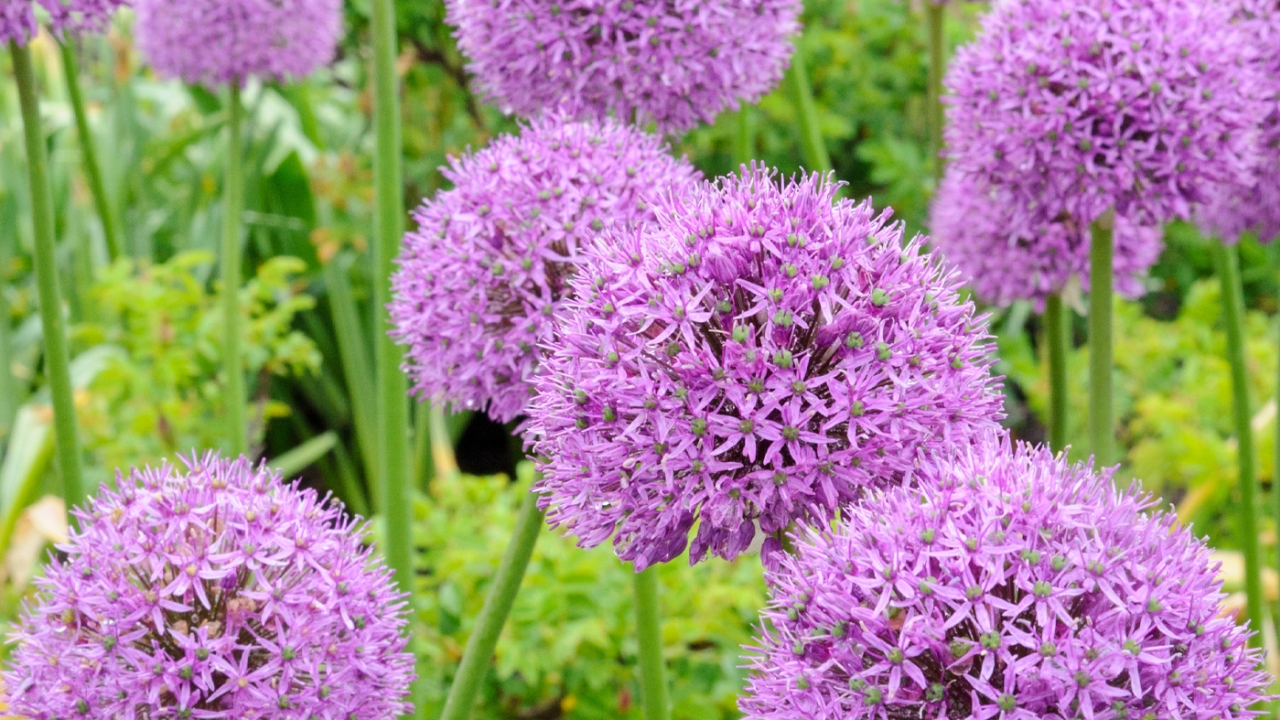

Plant Profiles
Spurge
Euphorbia spp.
A garden can always benefit from those special plants that can stop the eye or act as foils for the sweeps of color and texture that are the mainstays of a perennial border. These plants are not massed, but stand alone to catch your eyes and redirect them from plant to plant. Spurges are such worthy plants.
Spurges belong to the quite large Euphorbia genus of plants that contains 2,000 different species, some of which are highly ornamental, and some of which are weeds with little cultivated value. They all, however, are characterized by a lack of true flower petals or sepals, but have instead brightly colored modified leaves known as bracts, which look just like flowers. The most well-known member of this group is the poinsettia, whose red "flowers" are in fact the showy bracts of an ornamental spurge.
All spurges have a milky sap that in some species can be irritating to the skin. They are ancient plants named for Eurphorbius, a 1st-century Greek physician who used the sap for medicinal purposes. Gloves should be worn when deadheading or pruning spurges, especially if you have any open cuts or scratches on your hands.
Perennial garden spurges are valued for the bright yellow bracts that cover the plants like flowers in spring. Most spurges are mid-spring bloomers, with the bracts coloring in May or even earlier, if spring is unusually warm. They combine beautifully with midseason tulips and daffodils, cool-season annuals and early-blooming perennials such as candytuft, ajuga, columbine and Virginia bluebells. In addition to the colorful yellow bracts in spring, some spurges have purple foliage that contrasts nicely with other perennials throughout the entire growing season. This purple foliage often turns to a rich mahogany in the fall, extending the plant's garden value into a third season. The following are all plants for full sun and well-drained soils. One cautionary note is that these plants can spread aggressively by underground stems.







